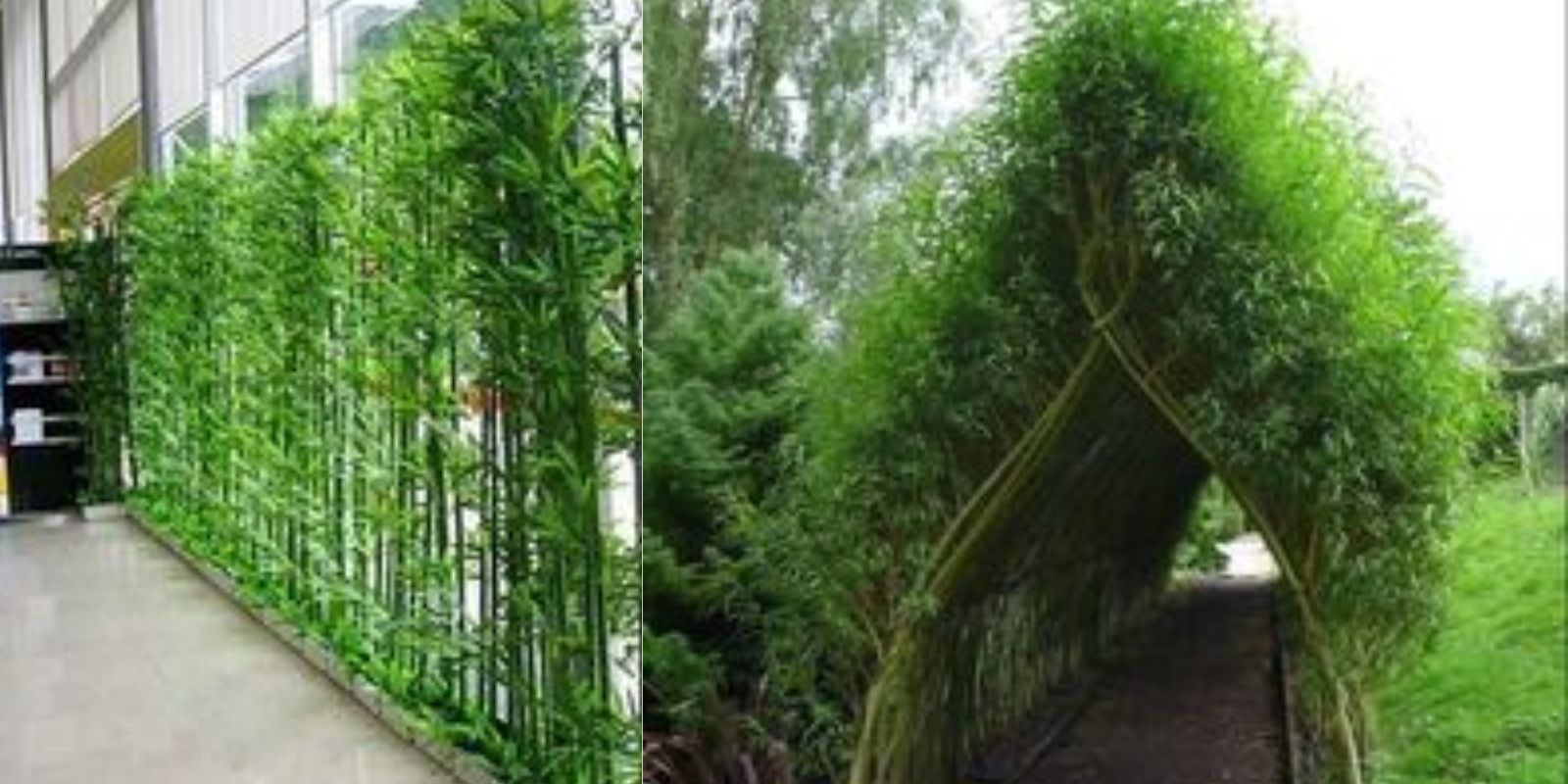Introduction
In the realm of sustainable landscaping, a living fence stands as a testament to the harmonious integration of nature and practicality. Unlike traditional fences made of wood or metal, a living fence utilizes plants to create a natural barrier around your homestead. This green solution not only enhances privacy and aesthetic appeal but also contributes to biodiversity, provides habitat for wildlife, and offers numerous environmental benefits. This article explores the steps involved in creating a living fence, from plant selection to maintenance, guiding you through the process of establishing a sustainable and beautiful boundary for your property.
Benefits of a Living Fence
Before delving into the practical steps of creating a living fence, it’s essential to understand its benefits:
- Environmental Sustainability: Unlike non-renewable materials used in conventional fences, living fences contribute to environmental sustainability by reducing carbon footprint and promoting green spaces.
- Wildlife Habitat: Living fences provide shelter and food sources for birds, insects, and small mammals, enhancing local biodiversity.
- Natural Beauty: With varying textures, colors, and seasonal changes, living fences add natural beauty and aesthetic value to your property.
- Wind and Noise Reduction: Depending on plant species, living fences can act as effective windbreaks and reduce noise pollution, creating a more tranquil environment.
- Cost-Effectiveness: Once established, living fences require minimal maintenance compared to traditional fences, saving on repair and replacement costs over time.
Steps to Create a Living Fence
1. Choose Suitable Plants
Selecting the right plants is crucial for the success of your living fence. Consider the following factors:
- Climate and Soil Conditions: Choose plants that are well-adapted to your local climate and soil type.
- Height and Density: Determine the desired height and density of your fence to provide adequate privacy and wind protection.
- Maintenance Requirements: Opt for low-maintenance plants that fit your gardening skills and time availability.
Popular plant choices for living fences include:
- Evergreen Shrubs: Such as boxwood, holly, or laurel, which provide year-round privacy and greenery.
- Deciduous Shrubs: Such as dogwood or flowering shrubs, which offer seasonal interest and wildlife benefits.
- Perennial Grasses: Such as ornamental grasses, which add texture and movement to the fence line.
- Native Plants: Choose native species to support local ecosystems and reduce water and maintenance needs.
2. Plan Fence Layout
Once you’ve selected your plants, plan the layout of your living fence:
- Measure the Perimeter: Determine the length and location of the fence line, considering property boundaries and existing landscaping.
- Spacing: Space plants according to their mature size, typically 1-3 feet apart, to allow for adequate growth and coverage.
- Mark Planting Areas: Use stakes or markers to outline where each plant will be positioned along the fence line.
3. Prepare the Soil
Prepare the soil to ensure optimal conditions for plant growth:
- Soil Testing: Conduct a soil test to determine pH levels and nutrient deficiencies. Amend the soil with compost or organic matter as needed.
- Improve Drainage: Ensure good drainage by incorporating organic material into heavy clay soils or using raised beds in areas prone to waterlogging.
4. Planting Strategy
Follow these steps to plant your living fence:
- Digging Holes: Dig individual holes or prepare a trench along the marked perimeter, accommodating the root ball of each plant.
- Planting Depth: Plant each shrub or perennial at the same depth it was growing in its container. Backfill with soil and gently firm around the base of the plant.
- Watering: Water newly planted shrubs thoroughly to settle the soil and encourage root establishment. Continue to water regularly, especially during dry spells.
5. Support and Pruning
Support young plants and maintain the structure of your living fence:
- Staking: Install temporary stakes or supports around newly planted shrubs to protect them from wind or accidental damage.
- Pruning: Prune shrubs regularly to shape the fence and promote dense growth. Remove dead or damaged branches to maintain plant health.
6. Maintenance and Care
Ensure the longevity and health of your living fence with regular maintenance:
- Watering: Monitor soil moisture and water as needed, particularly during the first growing season until plants are established.
- Mulching: Apply a layer of mulch around each plant to conserve moisture, suppress weeds, and insulate roots from temperature fluctuations.
- Fertilizing: Feed plants with a balanced fertilizer or compost annually in early spring to support healthy growth and vibrant foliage.
- Monitoring: Monitor the growth of your living fence for pests, diseases, or overcrowding. Prune as necessary to maintain plant vigor and fence integrity.
Conclusion
Creating a living fence for your homestead offers a sustainable and aesthetically pleasing alternative to traditional fencing materials. By choosing suitable plants, planning carefully, and providing proper care, you can establish a natural barrier that enhances privacy, supports wildlife, and contributes to the beauty of your landscape. Embrace the green solution of a living fence and enjoy the benefits of a resilient, eco-friendly boundary that evolves with the seasons and enriches your outdoor environment.
Motivation
Engage with these steps to create your own living fence and experience the transformative power of nature in your homestead. Embrace sustainability and beauty while fostering a welcoming habitat for wildlife—a living fence is more than just a boundary; it’s a testament to your commitment to harmony between human habitation and the natural world. Start building your living fence today and witness how it enhances your homestead’s charm and functionality with every season! 🌿🏡
This article provides a comprehensive guide to creating a living fence, covering benefits, steps, and maintenance to help readers establish a sustainable and beautiful boundary around their homesteads.

